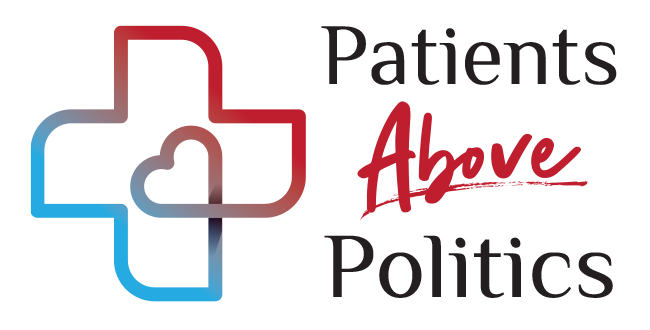Pharmacist’s
Test & Treat



What is Pharmacist’s Test & Treat and how does it affect us?
Pharmacist’s Test & Treat proposal will allow pharmacists to “test and treat” for an expanded list of conditions inappropriately and unsafely authorizes pharmacists to diagnose and prescribe, thereby assuming the role of a physician.
Pharmacists, though very well trained in the chemical components of medication, do not have the holistic or comprehensive medical knowledge of physicians.
Important information to know:
Pharmacists are not prepared to practice medicine.
- Pharmacists are well-trained as medication experts within an interprofessional team; however, their training in patient care is limited.
- The majority of the Doctor of Pharmacy (PharmD) curriculum across the country consists of instruction in applied sciences and therapeutics. Residency is not required and very uncommon.
- Students do engage in some “practice experiences” during their education, but the training is not focused on providing medical care to patients and do not include performing a physical examination, making a diagnosis, triaging severity, or prescribing.
Pharmacists are already significantly overburdened.
- Perhaps even more concerning is the fact that pharmacists in the community setting are already significantly overburdened by their current workload.
- 71% of all pharmacists and 91% of pharmacists working in community pharmacies rated their workload as high or excessively high.
- Moreover, pharmacists reported that the “three most common ‘highly stressful’ job aspects were ‘having so much work to do that everything cannot be done well’ (43% reporting ‘highly stressful’), ‘working at current staffing levels’ (37% reporting ‘highly stressful’), and ‘fearing that a patient will be harmed by a medication error’ (35% reporting ‘highly stressful’).”
- Scope expansions like the one proposed in this bill only add further responsibilities to an overburdened pharmacist workforce and threaten patient safety due to their insufficient training in these activities.
Around the country, pharmacists and staff are staging walkouts to protest working conditions that they believe put patients at risk.

From CNN: A pharmacy technician and immunizer in Wisconsin described her typical day to CNN:
“The pharmacy counter has patients lined up to the freezer section of the store, the drive-thru has stacks of cars nearing the neighboring street, 50 prescriptions are waiting to be typed, 650 prescriptions are printed on the filling station, 200 prescriptions are waiting to be verified for sale Your Title Goes HereFrom CNN: A pharmacy technician and immunizer in Wisconsin described her typical day to CNN: by the pharmacist, dozens of warehouse totes filled with medication are waiting to be put on our shelves, hundreds of rejected insurance claims are needing to be resolved, hundreds of prescriptions are overdue, dozens of patient care calls are overdue, hundreds of out-of-stock medications are needing attention, dozens of prescriptions are needing to be mailed, dozens of prescriptions are needing to be prepared for DoorDash and dozens of prescription requests are sitting in the message queue.” And the pharmacy is expected to act much like “a fully-functioning vaccination clinic.”


